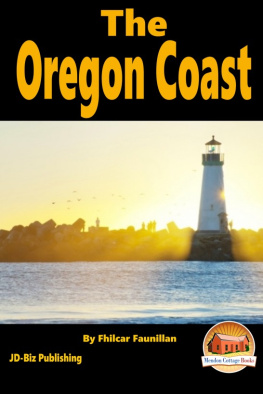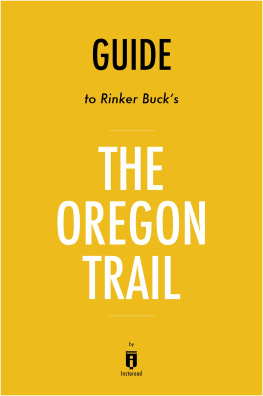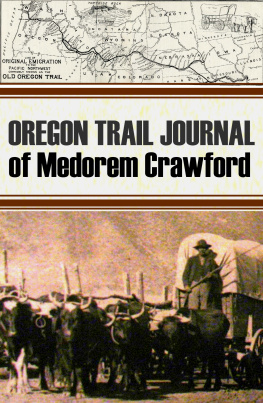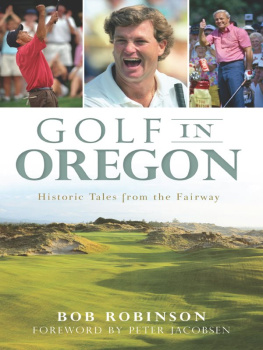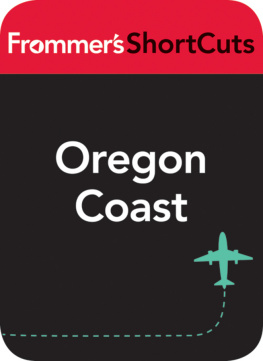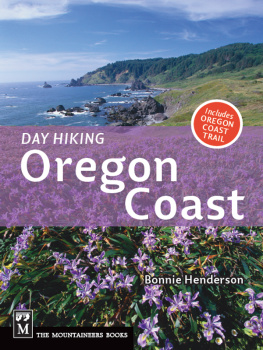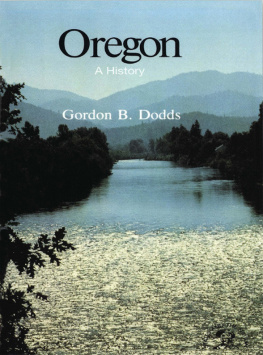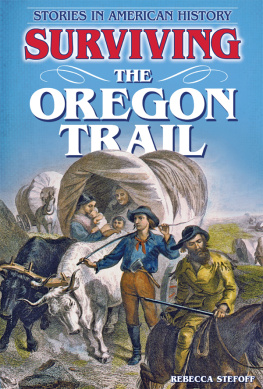IMAGES
of America
OREGON

The Oregon Area Historical Society Museum is located at 159 West Lincoln Street. The Oregon Hotel was the first occupant on this site. The hotel was near the railroad depot and was a favorite stopping place for traveling salesmen and stock dealers. The hotel burned down in May 1906. A new building was erected in 1908 and functioned as a farm co-op. In the early 1930s, the Allen Lumber Company assumed ownership of the building and various owners followed. Florice Paulson purchased the building from Fred Chase in 1989 and donated it to the Oregon Area Historical Society for use as a museum. Since the historical society was founded, many volunteers worked countless hours to transform the building into a museum. The members of the society today are grateful to all those volunteers before them who worked so hard to provide a museum and to preserve the local history. (Courtesy of the Oregon Area Historical Society.)
ON THE COVER: Bicycles were very popular at the turn of the 20th century. A group of young Oregon residents gathered on April 24, 1898, on North Main Street for a bicycling excursion. They probably purchased their bicycles at Oregons Badger Bicycle Company. (Courtesy of the Oregon Area Historical Society.)
IMAGES
of America
OREGON
Oregon Area Historical Society

Copyright 2017 by Oregon Area Historical Society
ISBN 978-1-4671-2701-1
Ebook ISBN 9781439662489
Published by Arcadia Publishing
Charleston, South Carolina
Library of Congress Control Number: 2017939256
For all general information, please contact Arcadia Publishing:
Telephone 843-853-2070
Fax 843-853-0044
E-mail
For customer service and orders:
Toll-Free 1-888-313-2665
Visit us on the Internet at www.arcadiapublishing.com
Dedicated to all those who had the foresight to preserve historical documentation and photographs of the Oregon area for the benefit of current and future generations
ACKNOWLEDGMENTS
This book would not have been possible without the efforts of many people. We especially thank Melanie Woodworth for the extensive time and effort she put into coordinating the project. We thank the core group of volunteers consisting of Melanie, Gerald Neath, Ann Morris, Dixie Brown, and JoAnn Swenson for the many hours spent researching photographs and information to recapture the history of Oregons first 100 years for this book. It was an educational and valuable experience, as we shared and learned from each other about the areas early settlement, the men and women who established the Oregon community, and its early businesses.
We are grateful to the many people who searched through basements, attics, closets, bookshelves, and albums to provide historical family photographs and information for this book. Special thanks go to Rita Madsen Kluever, Betty Madsen Cahoon, Ann Champion Benedict, Ann Richardson Morris, Kay Curless Collins, Marlys Nettesheim, Phil Peterson, Naomi Rockwell, Pat Anderson Wilkening, Dennis Erfurth, LaDonna Smith, Patty Kexel, Lynda and Dennis Farrar, the Sam Ace family, and the Kinney family of Fitchburg. Their contributions to the book are deeply appreciated. We also want to thank Arcadia Publishing for partnering with the Oregon Area Historical Society to make this publication project a reality.
All images are from the Oregon Area Historical Society, unless noted otherwise.
INTRODUCTION
The village of Oregon is located in south central Wisconsin, a few miles south of Wisconsins capital of Madison. Oregon has a proud and unique history. Through photographs and words, the Oregon Area Historical Society is pleased to share the stories of the people, places, and events of Oregons early history. You are invited on a historical journey through the decades from the 1840s, when the first settlers arrived from the eastern states, through the World War II years of the 1940s.
During the last glacial age, the surrounding area of Oregon was located at the end of what is known as the Johnstown Moraine. When the moraine started to retreat about 20,000 years ago, its ridge of ice moved back and forth, forming the distinctive topographic features that surround us today. About 7,000 years ago, the climate began to stabilize. Native Americans began to populate the area as prairies became established and wildlife became more abundant.
Prior to its settlement by New England Yankees, the area was inhabited by Native Americans of the Ho-Chunk Nation (also known as the Winnebagos). S.W. Graves writes in his article about the area of Rutland, located just south of Oregon, When I first came into town, the Indians were very numerous. They would often pitch their tents near some spring and hunt deer for weeks and then move on.
The southern Wisconsin frontier first opened to permanent settlement in the late 1830s and early 1840s. Settlement was encouraged by the end of the Black Hawk War in 1832. Further development occurred with the opening of the east-west lead mining trails that passed through the area from the southwestern region of the territory.
The first settlement in the area is attributed to Bartley Runey. He built a log cabin in 1841 just south of the present-day village of Oregon at the junction of what are currently Union and Rome Corners Roads. Runey operated a tavern and inn known as Pioneers Hotel. Its location along the Old Lead Trail soon made it a favorite stopping place for teamsters hauling lead from Mineral Point to Milwaukee. The inn also served as temporary lodging for settlers until they could establish their own homes. Runey was accidentally killed in 1858 when his wagon overturned in a team runaway on the present Nine Springs Hill between Oregon and Madison. For years, it was known as Break Neck Hill.
At the time of its settlement, the land in this area was described as slightly undulating. The soil was especially adaptable for agricultural purposes. The vegetation was primarily oak savanna consisting of burr oak, red oak, and white oak trees with open expanses of prairie and marsh. Many springs and creeks in the area provided a valuable source of water.
In 1842, Robert Thomson was the first settler in what was to become the village of Oregon. He built a log cabin along the banks of a creek near what is now Janesville Street and South Perry Parkway. A large Victorian farmhouse was built on the property in 1889 by Roberts nephew George Thomson. It has since been moved to a site outside of the village.
In 1843, C.P. Mosely built a part-log, part-frame house and tavern near the site of the present water tower on Janesville Street. It served as a religious and business meeting place for the settlers as well as an inn. On April 26, 1845, a meeting was held there for the purpose of organizing a church, which was known as the First Congregational Church of Fairfield. In November 1846, it was changed and became the nucleus of the First Presbyterian Church. The Mosely property was later purchased by I.M. Bennet and operated as a country general store and tavern.
The political boundaries changed rapidly during the early years of settlement. A large area of land was organized on February 2, 1846, as the town of Rome. It was named after Rome in Oneida County, New York, at the suggestion of J.N. Ames. The town of Rome originally encompassed what are now the towns of Oregon and Dunn and the city of Fitchburg.
In 1847, Rosel Babitt circulated a petition for the separate formation of the town of Oregon. At the same time, the town of Fitchburg (originally called town of Greenfield) was separately organized. With the formation of the town of Oregon and the town of Fitchburg into separate entities, the town of Rome was changed to include the present towns of Dunn and Pleasant Springs. From this, the town of Dunn was later separately organized. The remaining towns name was changed to Pleasant Springs and the aforementioned town of Rome ceased to exist.
Next page

